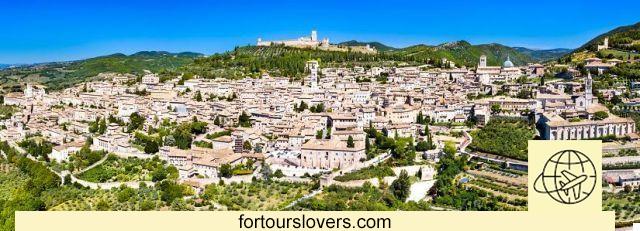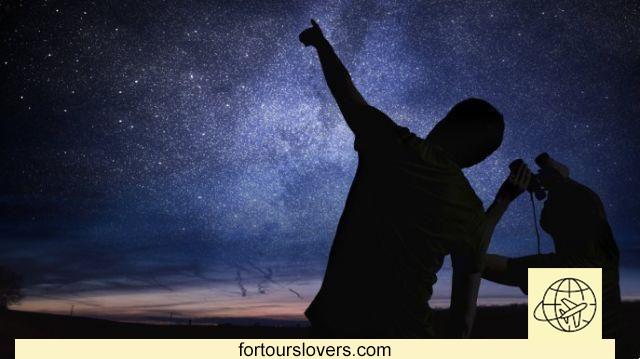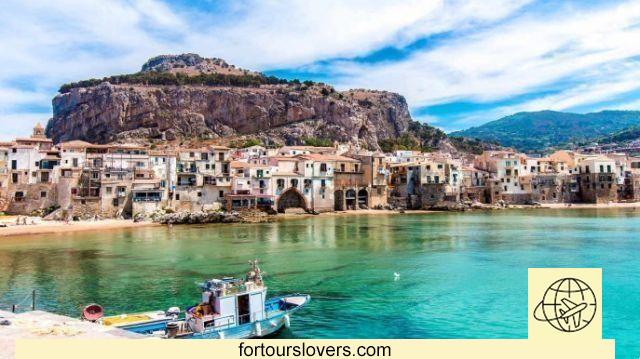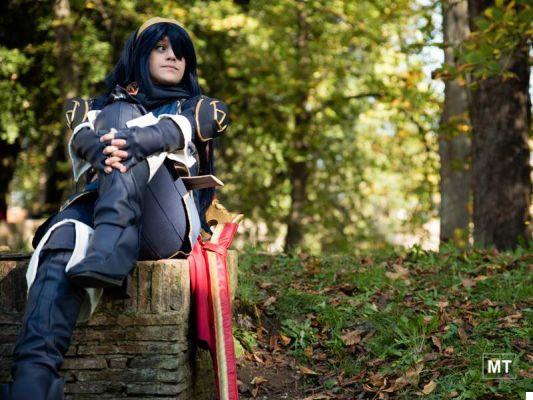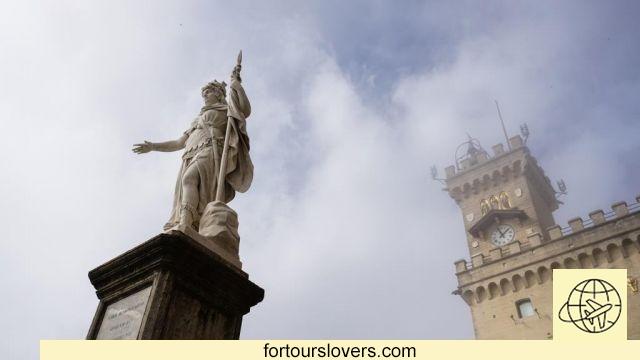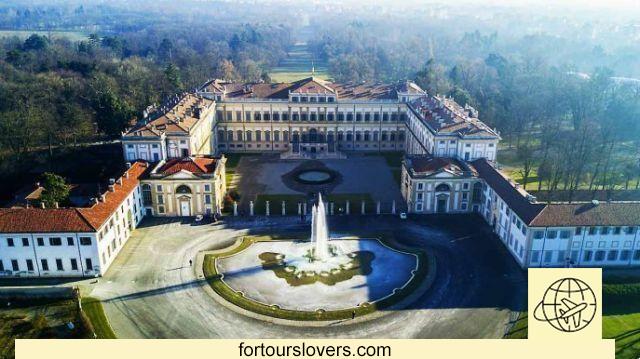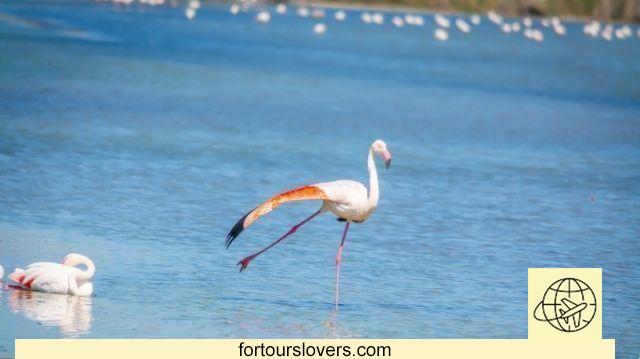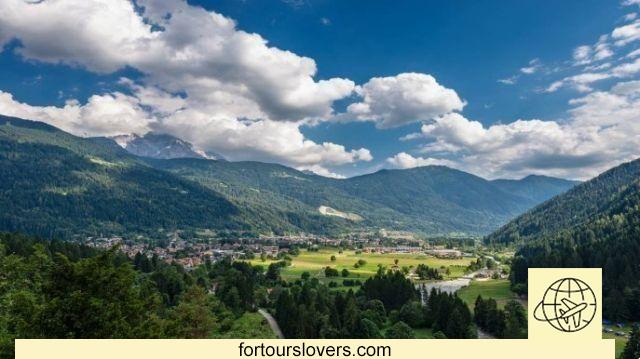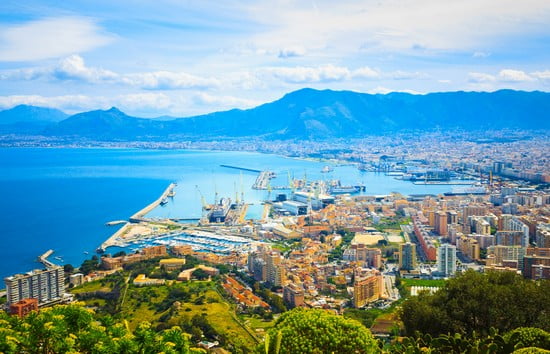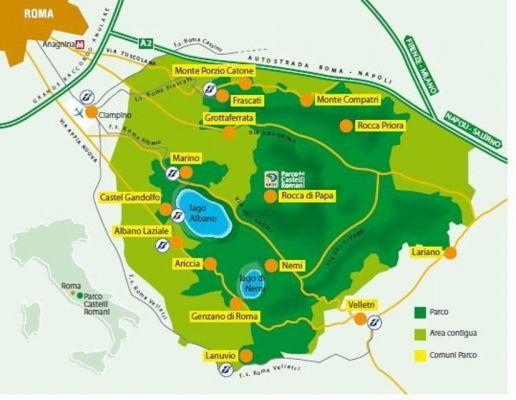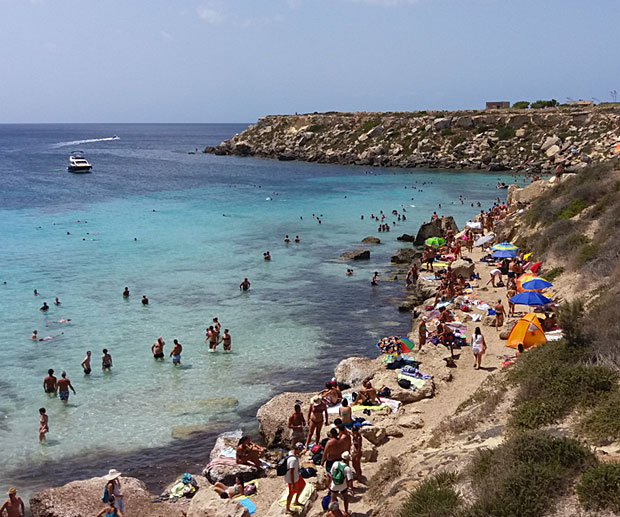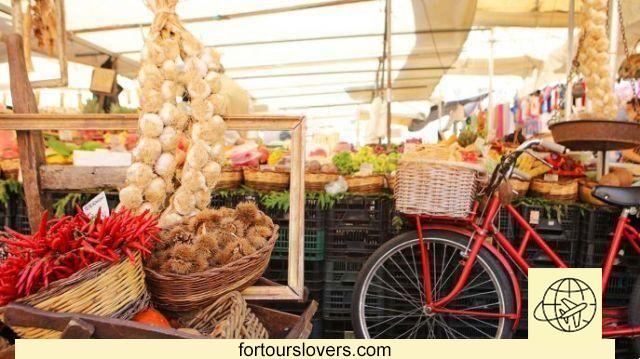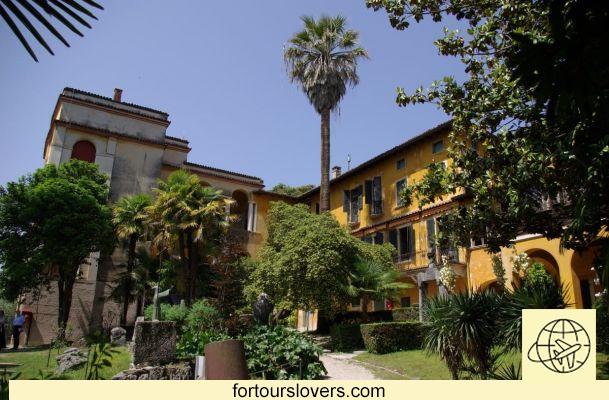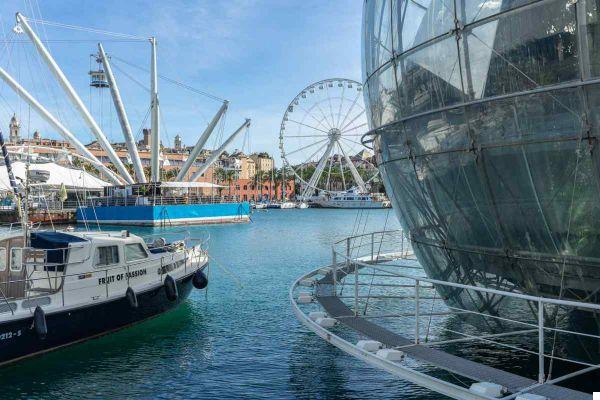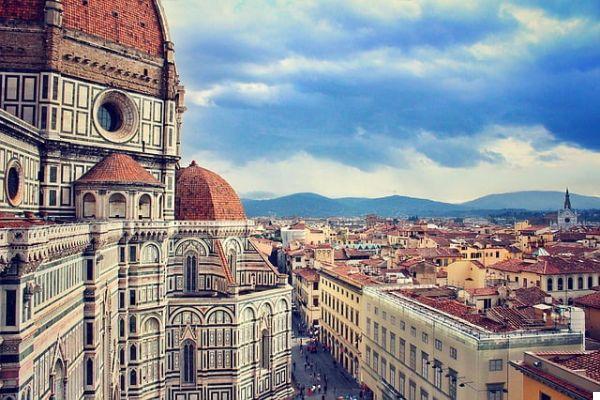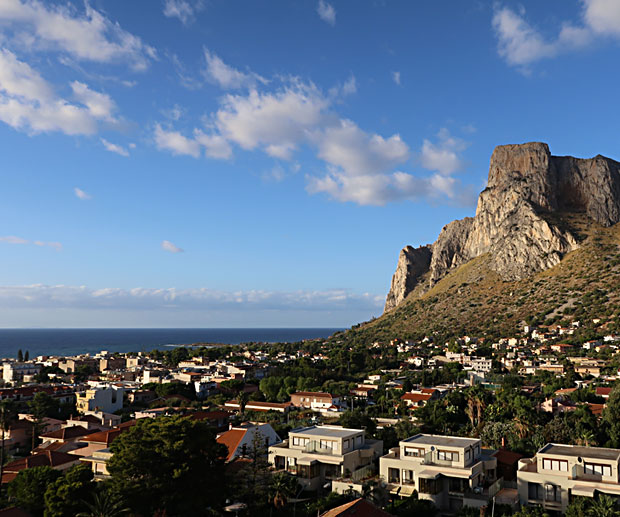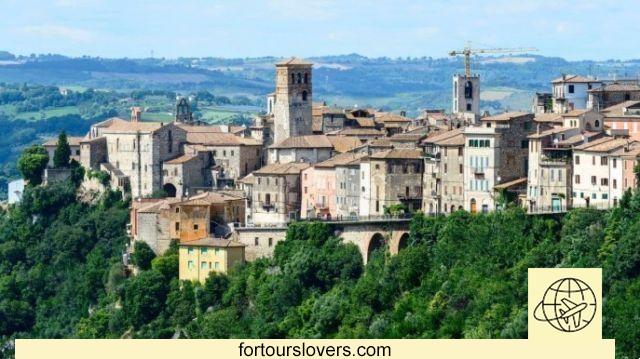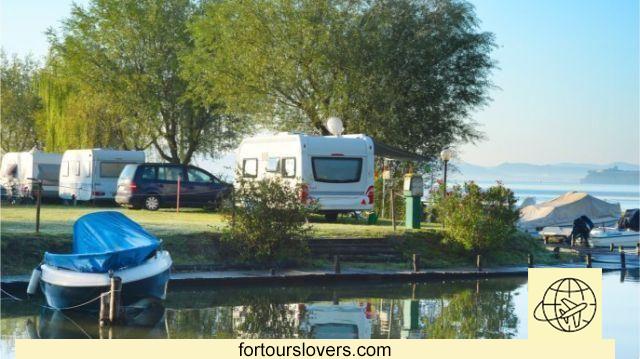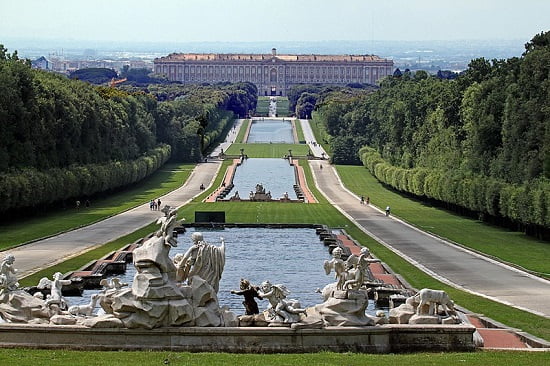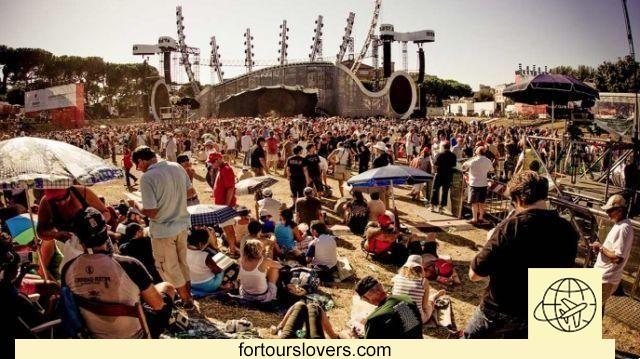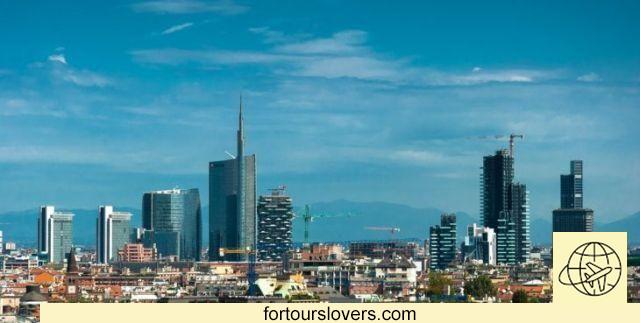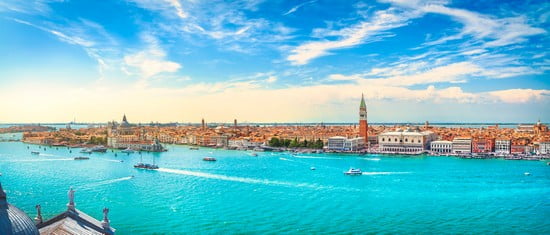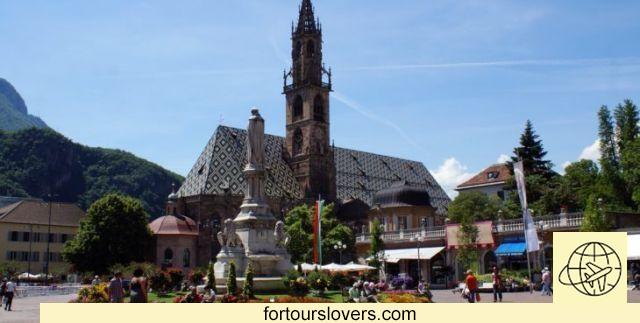
Bolzano
10 things to do and see in Bolzano and 1 not to doCan you be a big city and a small town at the same time? If you think not, it's because you haven't visited Bolzano yet. The capital of Alto Adige manages to be at the same time worldly and reserved; modern and traditional; tourist and provincial. Even from a climatic point of view, the city confirms its exceptional nature. Bolzano, in fact, develops in a valley at the confluence of the rivers Isarco, Adige and Talvera. All around the Dolomite peaks of the Sciliar and the Catinaccio which, by limiting the flow of currents from the cold area, favor the emergence of a microclimate that in the summer is almost Mediterranean, an unusual circumstance for an Alpine location. The other aspect to take into consideration is the dual German and Italian identity. A fact that shares it in Trento even if with different results. In short, a fascinating and complex place, where people come indifferently to ski, be pampered in a wellness center and / or for the Christmas markets. Below we see together the main attractions of Bolzano. Happy reading.
1 Cathedral of Bolzano
Cathedral since 1964, the Santa Maria Assunta Church is located in the center, more precisely in the south-western side of Piazza Walther. Inevitable, therefore, to include it in first place among the things to see, especially since the bell tower, with its 62 meters high, represents a reference for visitors who move around the city. From an architectural point of view, however, the Cathedral of Bolzano is a admirable example of Romanesque-Gothic. There are even those who compare it with Notre Dame Cathedral in Paris, which is incredible considering the different dimensions between the two cities. In fact, however, seeing the building up close makes a certain impression. In addition to the bell tower we have already mentioned, both the red and yellow marble of the facade and the polychrome roof in yellow-green tiles are striking. Also outside, there is also the Porticina del Vino, Gothic portal decorated with various statues, among which those of two winemakers at the right and left edges stand out. A historical testimony ofimportance of viticulture in the South Tyrolean province, an activity that still today feeds an important induced. As for the interior, particularly noteworthy are the fourteenth-century frescoes of the south nave; the wooden crucifix under the triumphal arch and the museum with its large amount of relics and sacred vestments that testify to the antiquity of the building. Yes, because the other aspect worth dwelling on is precisely this: the Cathedral of Bolzano stands on two pre-existing early Christian churches: the first from the XNUMXth century AD; the second can be placed between the XNUMXth and XNUMXth centuries AD. C. The building that we admire instead dates back to the XNUMXth century and is a happy synthesis of that double identity we mentioned at the beginning. To be seen!
2 Church of the Dominicans
Having spoken of the Gothic-Romanesque imprint of the Duomo, one cannot avoid visiting the Dominican church, even more so considering that the two buildings are just a hundred meters apart. Built in 1272, the Dominican Church of Bolzano is famous above all for its people cycles of frescoes. According to the critics, the paintings that decorate the church, convent and cloister represent one fundamental testimony on the evolution of Bolzano painting in the 300th century, 400th century and 500th century. Painting that, if in a first phase is affected both in the themes and in the technique of the influence of Giotto's school, in a second moment, however, he hybridizes the German and Italian artistic sensibilities, giving way to what will later be the deepest trace of the city's history. To learn more about the first aspect, visit the two chapels of San Giovanni (see photo) and Santa Caterina. On the contrary, the contributions of the painter deserve the German influence Hans Stotzinger and subsequent ones of Friederich Pacher e Sylvester Muller. It goes without saying, these brief hints do not exhaust the complex history of the Dominican Church. Suffice it to know, in this regard, that the building has gone through a long period of decline, which began at the end of the 700th century and culminated in bombing during the Second World War. Nonetheless, starting from the mid-50s of the last century the restoration was carried out (the church today occupies a much smaller area than in the past), saving everything that could be saved for the future memory of the faithful, residents and tourists. To be seen!
3 Archaeological Museum
In addition to its churches, Bolzano is famous for its museums. One more than the others: the Archaeological Museum of South Tyrol about 600 meters from the central Piazza Walther. The fame of this museum is due to the presence of "Ötzi, the Iceman". It is the oldest mummy ever found in Europe, lived approximately between 3300 and 3200 BC. C. To visit her, in 1991, during an excursion on the Val Senales glacier, it was a couple of Germans, Helmut and Erika Simon. The two, unaware of the extraordinary nature of the discovery, notified the competent authorities who took action in a timely manner for the release of the find. Here too, in a first phase, thinking it was the body of a hiker who had been trapped in the ice years ago. And, instead, it was a adult man, dedicated to hunting, who lived in the Alps during the Copper Age. In addition to the media hype, the discovery of "The Iceman", opened a dispute between Austria and Italy over who, between the two nations, should host the mummy. To win was Italy for 92 meters. Such was the distance between Ötzi's body and the Austrian border. Having resolved the dispute, the Archaeological Museum of Bolzano was almost entirely dedicated to the mummy and to the study of the objects found alongside it. There is room, of course, for temporary exhibitions e educational projects, but the bulk of the story centers on this archaeological find that is older than the Egyptian pyramids and the megaliths of Stonehenge. For more information see the place: www.iceman.com.
4 Piazza delle Erbe and Via dei Portici
About 200 meters from the Duomo, Piazza delle Erbe and Via dei Portici represent the commercial heart of Bolzano. A vocation that coincides with the founding of the city (XII century) and that has survived unscathed for hundreds of years, albeit, obviously, updating itself. In Piazza delle Erbe, also famous for the eighteenth century Neptune Fountain, fruit and vegetables are sold except on weekends and holidays. Via dei Portici, on the other hand, is the city's shopping street. However, he has kept his almost intact medieval structure with several fine 400th century buildings. Two in particular: Mercantile Palace and l 'Ancient Town Hall, seat of the Historical Archives of the city. To be seen!
5 Museion
Bringing the widest possible audience to contemporary art, if necessary going beyond the geographical location and the mainstream artistic circuit. In other words, the mission of the Museion of Bolzano is to find new talents and new works in the international arena, as indeed it is right for a city to be a crossroads of different peoples, cultures and languages. A commitment that looks to future generations and therefore needed an avant-garde headquarters such as the one inaugurated in 2008 and designed by an important Berlin architecture studio. Many activities were put in place during the year between temporary exhibitions e guided tours. For more information see the place: www.museion.it.
6 Museum of Natural Sciences
If you are interested in learning more about the South Tyrolean landscape from a geological, botanical and zoological point of view, the Natural Science Museum is an unmissable stop on a stay in Bolzano. The scientific approach must not scare: the birth and development of the Dolomites are explained in the most popular way possible, precisely to make knowledge and concepts that are highly specialized accessible. In addition to permanent exhibition (there is also an aquarium), they are set up in the museum temporary exhibitions and they organize themselves guided tours e educational activities. For more information, please refer to Official site: www.naturmuseum.it. Finally one curiosity: the Museum of Natural Sciences of South Tyrol is housed in the ancient headquarters of the collection of land censuses and customs duties of the Austrian Emperor Maximilian I. The building is located in Via dei Bottai, about 500 meters away from Piazza Walther, the Duomo and the railway station. To be seen!
7 Church of Gries
After the Duomo and the Dominican Church it is the turn of the Old Parish Church of Gries. This church is about 2 kilometers from both Piazza Walther and Piazza delle Erbe and houses two treasures of the sacred art of Alotoatesina: a wooden crucifix of the thirteenth century of probable foreign manufacture and a polychrome altar work of the Austrian painter and carver Michael Pacher. Not far away, in the center of the homonymous square (Piazza Gries) there is also a ancient convent originally belonged to the Augustinian friars and later to the Benedictines. Inside, an interesting one Museum of Nativity Scenes it's a baroque church dedicated to Sant'Agostino. It is not over, because just over 100 meters from the Old Parish of Gries begins the walk of the Guncino, one of the most beautiful hiking routes in Bolzano. The route starts from via Michael Pacher, a street named after the Austrian artist mentioned above. To be seen!
8 Castel Roncolo
After churches and museums it is time to go to castles. Jokes aside, Castel Roncolo (Schloss Runkelstein) is a must for a holiday in Bolzano. It is so both for the suggestive position, on a spur of rock overlooking the Talvera stream, and, above all, for the medieval frescoes present inside. Mural paintings with a profane subject commissioned by the brothers Niklaus and Franz Vintler who bought the building at the end of the 300th century. Several themes are dealt with: from literature, with the stories of Tristan and Isolde and King Arthur, to court life with the depiction of daily scenes of local nobles at the turn of the thirteenth and fourteenth centuries. Hence the nickname of "Illustrated Manor" ("Die Bilderburg") which has accompanied the castle to the present day. Castel Roncolo can be reached either on foot along the Lungotalvera, a wonderful promenade also equipped with a cycle path, than by public transport. During the summer, a comfortable free shuttle service runs from piazza Walther to the parking lot at the foot of the castle. For more information on timetables, prices, visiting methods and means of transport consult the place: www.runkelstein.info (Spanish version available).
9 Firmiano Castle
From Castel Roncolo a Firmiano Castle or, if you prefer, from one part of Bolzano to the other. The first, in fact, is located on the north-eastern side of the city, to be precise in the municipality of Renon; the second, however, is located in south-western side, in about 6 kilometers from Piazza Walther. Castel Firmiano is part of the museum circuit set up by the great mountaineer Reinhold Messner. Six museums around the Dolomites, entirely dedicated to the relationship between man and the mountains. Among these, the museum of Bolzano is probably the most important. The visit of theMMM Firmian (the acronym stands for Messner Mountain Museum) indeed allows to integrate the scientific approach of the Natural History Museum (see point 6) with a more humanistic one, in which the mountain is told from a spiritual point of view, while not giving up, however, to describe theevolution of mountaineering over the decades. In short, an overview of the mountain universe that greatly enriches the visit to the city. To be seen!
10 The Christmas Markets of Bolzano
For the Bolzano Christmas Market the same things said about Trent are valid. Atmosphere, entertainment, joviality and authenticity: these are the "ingredients" of Bozner Christkindlmarkt which, not surprisingly, attracts thousands of visitors to the city from the end of November to the Epiphany. Stroll among the wooden houses with the smell of spices, the mulled wine, and with the background music of Christmas carols it is what we have just called "atmosphere". For the "authenticity", however, there are South Tyrolean food and wine products, with particular mention for wines produced in the countryside all around the city: Pinot, Chardonnay, rosé etc., in many cases belonging to the renowned DOC and DOCG circuits. For more information on the event, consult the Official site: www.mercatinodinatalebz.it.
1 What not to forget in your suitcase
It is difficult to say what are the things to avoid in a city (and in a province) for years at the top of all the rankings that measure the quality of life. Bolzano, in fact, is a safe and absolutely avant-garde destination in terms of services offered. Therefore the only real danger is that of mistaken clothing in the suitcase. For example, at the beginning we mentioned the mildness of the summer climate. However, this does not mean that you can go hiking in the mountains in sandals, without a hat and technical clothing. On the contrary, woe to think of being able to go around at Christmas without suitable clothing (starting with shoes) to cope with temperatures well below zero. Warn!




